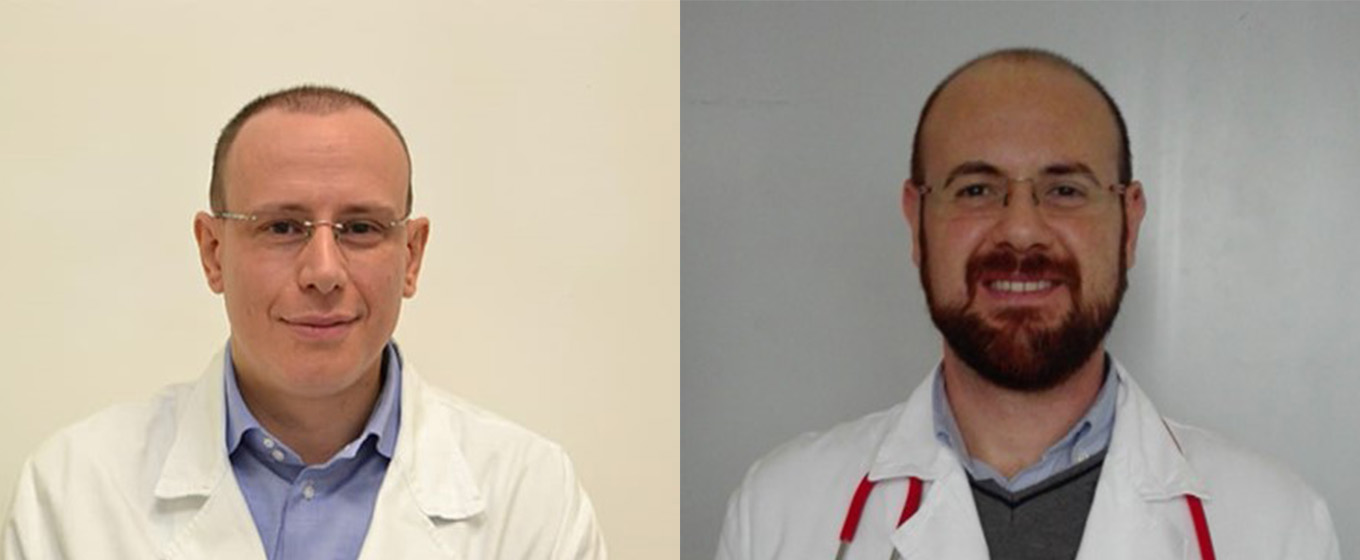Dr Riccardo Inchingolo and Dr Andrea Smargiassi - Medical directors at UOC Pneumologia Policlinico Universitario Agostino Gemelli IRCCS

What was your role in this project?
We are both pneumologists and have been working in the field of thoracic ultrasound scanning since 2007. Because of our long experience, we decided during the Covid-19 emergency to organize training events at the Policlinico for colleagues specialising in pneumology, infectiology, gynaecology, internal medicine and emergency medicine. These lessons took the form of short lessons that explained key concepts of thoracic ultrasound scanning and patterns that indicated pneumonia in Covid-19 patients. The aim was to allow colleagues to integrate their medical examination with a tool that could widen diagnostic capacity, was easily sterilized and could be used at the bedside. As a result of this positive experience, we decided to take part in the Africa project, making our expertise in thoracic ultrasound scanning available to colleagues, providing a training course and answering any queries.
Where did the idea of converting an ultrasound scan into a Covid-19 detector come from?
One of the aims of thoracic ultrasound scanning is to provide information relating to the histopathologic changes involving the periphery of lungs and emerging to the pleural surface. Covid-19 pneumonia is typically extended to the pulmonary periphery, with prevalent distribution in the mid-basal posterolateral regions. Finding these histopathologic changes using ultrasound scans can show a particular pattern related to Covid pneumonia. As the Covid-19 emergency developed, our team, which includes Dr Gino Soldati and the engineer Professor Libertario Demi, published articles on the physical origin of vertical artifacts, the standardization of thoracic ultrasound scanning techniques, the protocol for the acquisition of the images of patients affected by Sars-Cov-2 pneumonia and indicative pathological ultrasound patterns.
How is a training protocol set up in these cases and who is involved?
It is very important to try to imagine the everyday needs of our colleagues in this specific period and to transmit the key concepts clearly and as quickly as possible, taking into account the physical distances. This becomes particularly complex when you have to include practical demonstrations to support the theoretical lessons. We wanted to carry out and demonstrate actual scans that, despite the distance, allowed our colleagues to learn how to set up the ultrasound scan machine and how to follow the protocol for acquisition of the images. We also presented a test that would make it possible to detect and recognize the ultrasound scan patterns indicative of compatible symptoms.
During the project you made your know-how available. What did you receive in return?
Certainly, the satisfaction of having presented a practical and economical tool that will extend and increase the diagnostic capacity of a standard clinical test. During a pandemic this could be extremely useful in countries where the availability of second-level diagnostic equipment is very limited. We particularly appreciated the enthusiasm, interest and participation of the colleagues working in the African countries.

